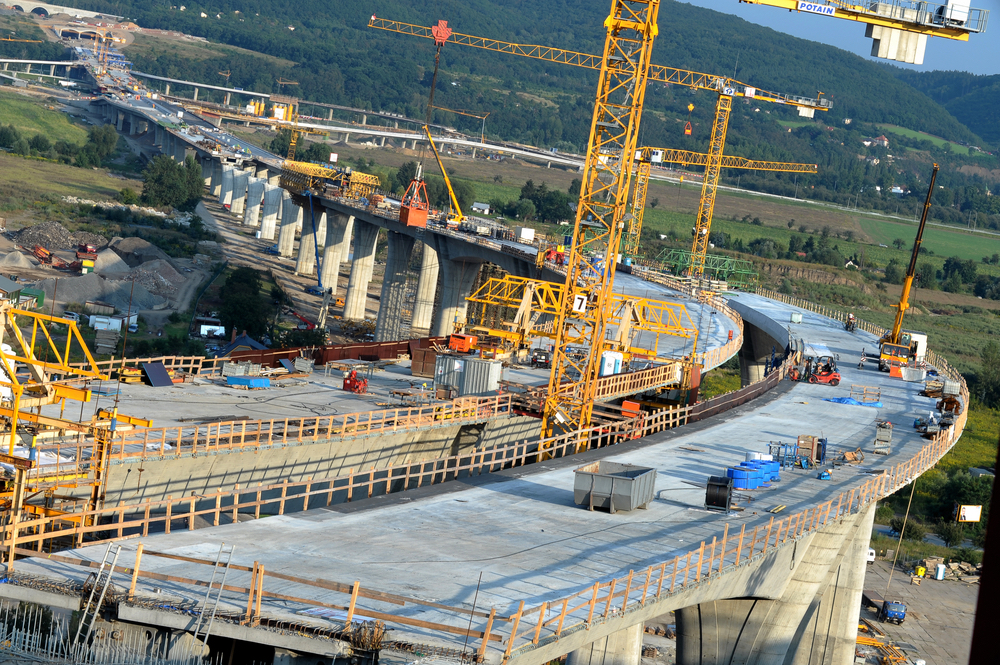Mechanics liens may be the most important remedy in construction, but they have their limits. Namely, public property cannot be encumbered by mechanics liens. For this reason, the Miller Act was passed to provide a similar remedy on federal projects through the use of payment and performance bonds. States followed suit, passing what are called Little Miller Acts which also require bonds on public projects on the state and municipal level.
Many of the principles are the same, but Canadian lien laws do not completely mirror their American counterparts. For instance, Canada lacks prompt payment laws. While prompt payment laws appear to be on the horizon for our northern neighbors, there are numerous other intricacies where the countries diverge. However, the countries are alike in disallowing the encumbrance of public property. Recently, a Canadian subcontractor tested exactly what qualifies as public property by attempting to file a lien on a bridge.
The Story
The Macdonald Bridge in Nova Scotia, Canada is undergoing serious repairs. The project, called The Big Lift, is actually underway while the bridge remains open. Rather than shut off access to the bridge, contractors, subs, and suppliers work on nights and weekends. While this has occasionally resulted in delayed weekday access to the bridge, delays are better than the alternative of shutting it down completely.
One of the subcontractors working on the project, Certified Coating Specialists (Certified), alleged it was not paid for their contribution to the project. More specifically, Certified went into bankruptcy before completing the project, and Bowra Group Inc. (Bower) entered as the company’s trustee and receiver. Bowra claims the Canadian subcontractor went unpaid for the work completed prior to the subcontractor filing for bankruptcy.
In an attempt to recover payment, Bowra tried to file a builder’s lien (the Canadian term for a mechanics lien) on the Macdonald bridge. Bowra attempted to file a lien on the land adjacent to either end of the bridge, as well as the land supporting the bridge. Most would agree that a bridge is more likely than not public property, and therefore it could not be encumbered by a builder’s lien. Bowra, however, had a different idea. The trustee argued that because the bridge is operated by the bridge commission, which operates independently of the province, it is not owned by a public agency. As such, Bowra claimed that the bridge was subject to liens.
Unsurprisingly, the court did not agree. The court found that the bridge was a public roadway, and thus, could not be liened. Also, it was determined that the bridge commission does serve as a public utility, a finding based in the commission’s structure and authority. However, there was no mention of a payment or performance bond. Considering The Big Lift is a project exceeding $200M, a payment bond should have been established to protect subcontractors such as Certified.
Takeaway
It is imperative to protect laborers and material men from falling victim to the construction payment chain, especially on public projects. While a mechanics lien may not be able to provide protection on public projects, their counterparts, claims on payment bonds, usually suffice. In fact, some might claim that bond claims may be better than mechanics liens. Regardless of whether or not a payment bond was available, it seems pretty obvious that a public bridge would not be subject to a lien.
While not often, we have covered Canadian lien law before. Those articles can be found here. For more on public projects, here are some other considerations from the blog.



